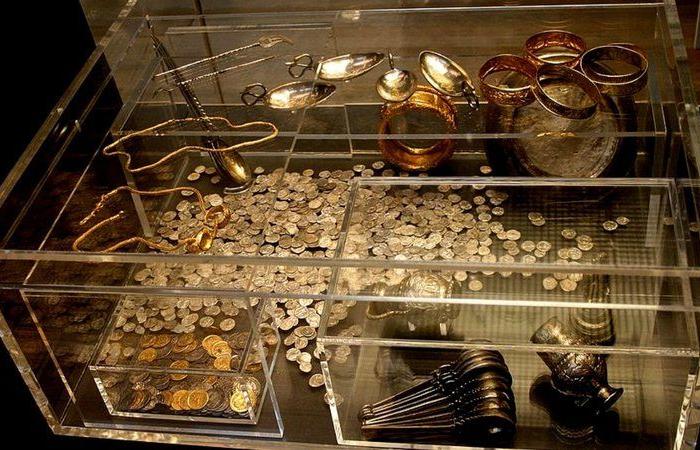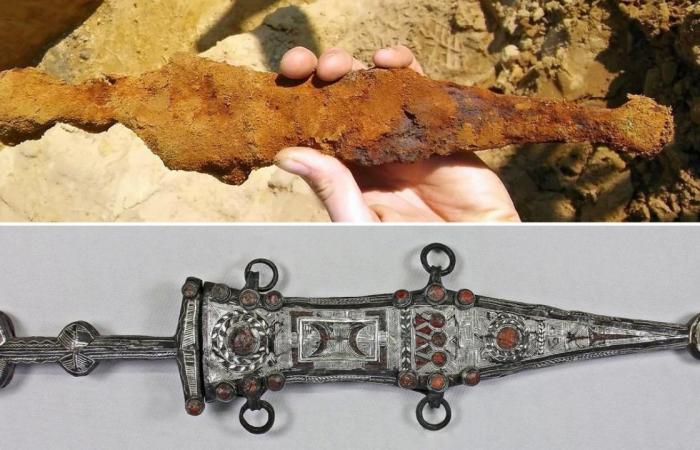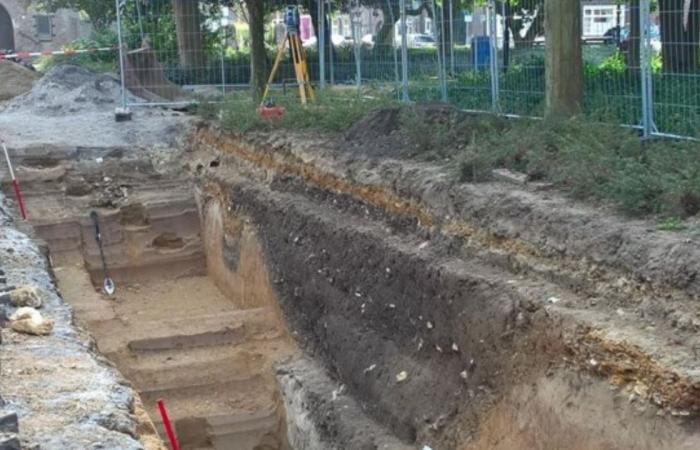The Romans left us with countless important artifacts and installations, which have been located for years by archaeologists
Over the years, archaeologists have been responsible for excavating numerous important archaeological discoveries that helped them understand more about the period of Ancient Rome, which was established between the years 753 BC and 476 AD.
During this period, the Romans developed countless artifacts, factories, forts and even erected entire cities from scratch. Many of the objects found later became true treasures from the period that marked the history of the world as a whole.
We have separated 5 impressive archaeological discoveries from Ancient Rome, check it out!
1. The greatest treasure of the Roman Empire
One of the greatest discoveries ever made dating from the Ancient Rome period was made entirely at random. On November 16, 1992, the British farmer Peter Whatling he had lost his hammer in the region where he lived in Suffolk, England. When looking for him, he came across the greatest treasure of the Roman Empire ever found.
Named as Hoxne’s Treasure, it consists of 14,865 Roman gold, silver and bronze coins, over 200 items of silver cutlery and gold jewelry, a gold body chain, bracelets made of the same material and numerous golden pepper vases, which are called piperatorias.
2. An entire city
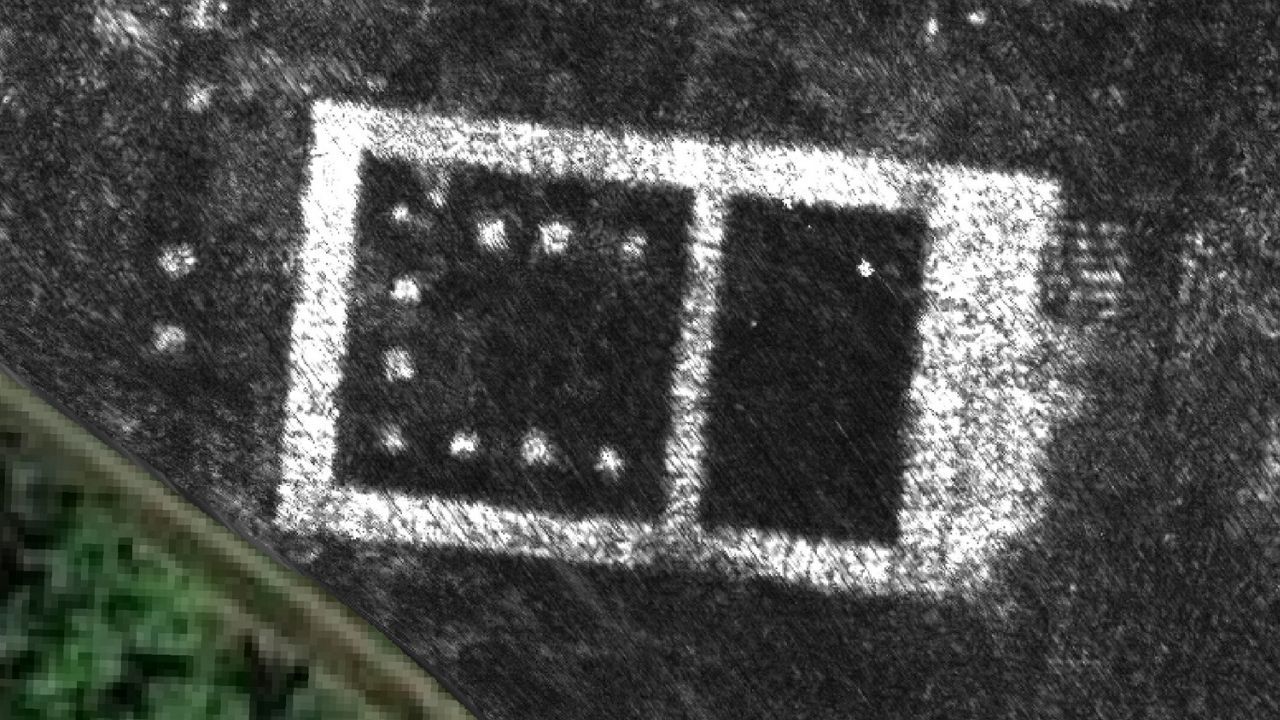
In June of this year, researchers carried out an impressive investigation that revealed details about a Roman city buried in the Middle Ages and located about 50 kilometers from Rome. Due to technology, it was possible for archaeologists to analyze the terrain without even having to excavate it.
The Falerii Novi district was first occupied in 241 BC and was abandoned only in 700 AD. The ancient city had very complex constructions, such as a network of water pipes, places for bathing and sewage, as well as a market and a temple. In addition, archaeologists also observed the presence of a public monument at the north gate of the city.
3. Dagger found in graveyard

During excavations at a cemetery in Haltern am See in northwest Germany earlier this year, the young apprentice Nico Calman he discovered a totally rusty dagger that dates from the 1st century AD, considered the period of the height of the Roman Empire. At 25 centimeters in length, the artifact was restored by a team of specialists.
The dagger is made of silver and has ornaments, enamel, red glass, silver handles and carved brass. The researchers believe that it was used by legionaries during the impressive period and, in addition to it, bronze and brass plates, pieces of a leather belt and a wooden and lime sheath with a string support were also found.
4. Hidden access to fortress

This was probably one of the most notable archaeological discoveries made over the course of this year. Archaeologists found an access to a fortress, which was hidden, in the city of Heerlen, in the Netherlands. Construction is believed to have been used during the Roman Empire, more specifically during the 3rd century AD
The fortress, made of mud walls, has a moat 11 meters wide and 3.5 meters deep, with a cover at the top, which may have been developed to offer greater protection to those inside it. Archaeologists also concluded that the structure was used by the Romans as a defense against Germanic attacks.
5. Impressive salt factory
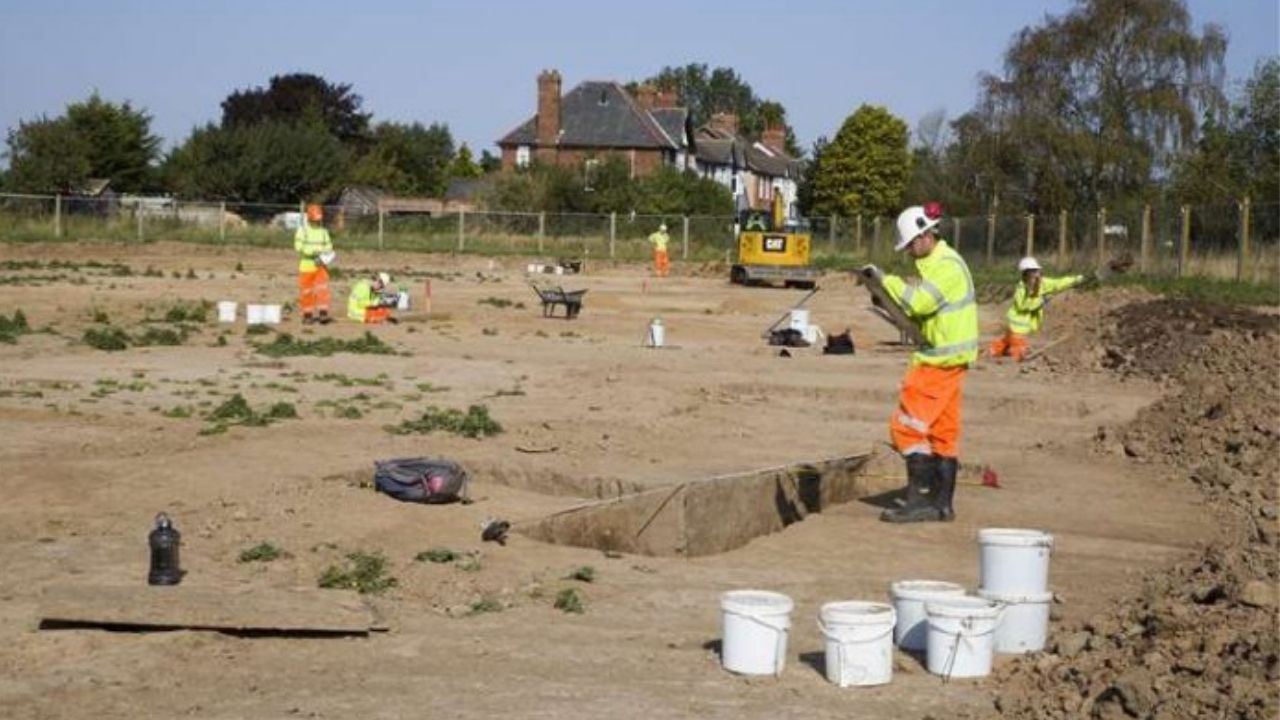
The importance of salt to the Romans is a fact known to those who know about the history of ancient civilization. The discovery of how and where individuals developed the product, therefore, proves to be even more impressive considering the relevance of the merchandise in question.
Recently, archaeologists carried out excavations in the village of Pinchbeck, England, which revealed evidence of an old salt factory in the region. Two substantial ditches were identified, whose function was to transport salt, tanks used for brine and well-preserved Roman ceramics.
+ Learn more about the Roman Empire through great works available on Amazon:
Rome: The History of an Empire, by Greg Woolf (2017) – https://amzn.to/2Ys2Un0
SPQR – A history of ancient Rome, from Mary Beard (2017) – https://amzn.to/2YlQAot
Decline and fall of the Roman empire, from Edward Gibbon (2005) – https://amzn.to/2WgIDy9
History of Rome: From the Foundation to the Fall of the Empire, from Indro Montanelli (2017) – https://amzn.to/35o7t34
History of Rome, Pierre Grimal (2011) – https://amzn.to/2SrcEKl
It is worth remembering that the prices and quantity of products available are in line with the date of publication of this post. In addition, Aventuras na História may earn a share of sales or other compensation for the links on this page.
Enjoy FREE, fast and unlimited shipping with Amazon Prime: https://amzn.to/2w5nJJp
Amazon Music Unlimited – Try 30 days free: https://amzn.to/2yiDA7W
These were the details of the news 5 impressive archaeological discoveries of Ancient Rome for this day. We hope that we have succeeded by giving you the full details and information. To follow all our news, you can subscribe to the alerts system or to one of our different systems to provide you with all that is new.
It is also worth noting that the original news has been published and is available at time24.news and the editorial team at AlKhaleej Today has confirmed it and it has been modified, and it may have been completely transferred or quoted from it and you can read and follow this news from its main source.

